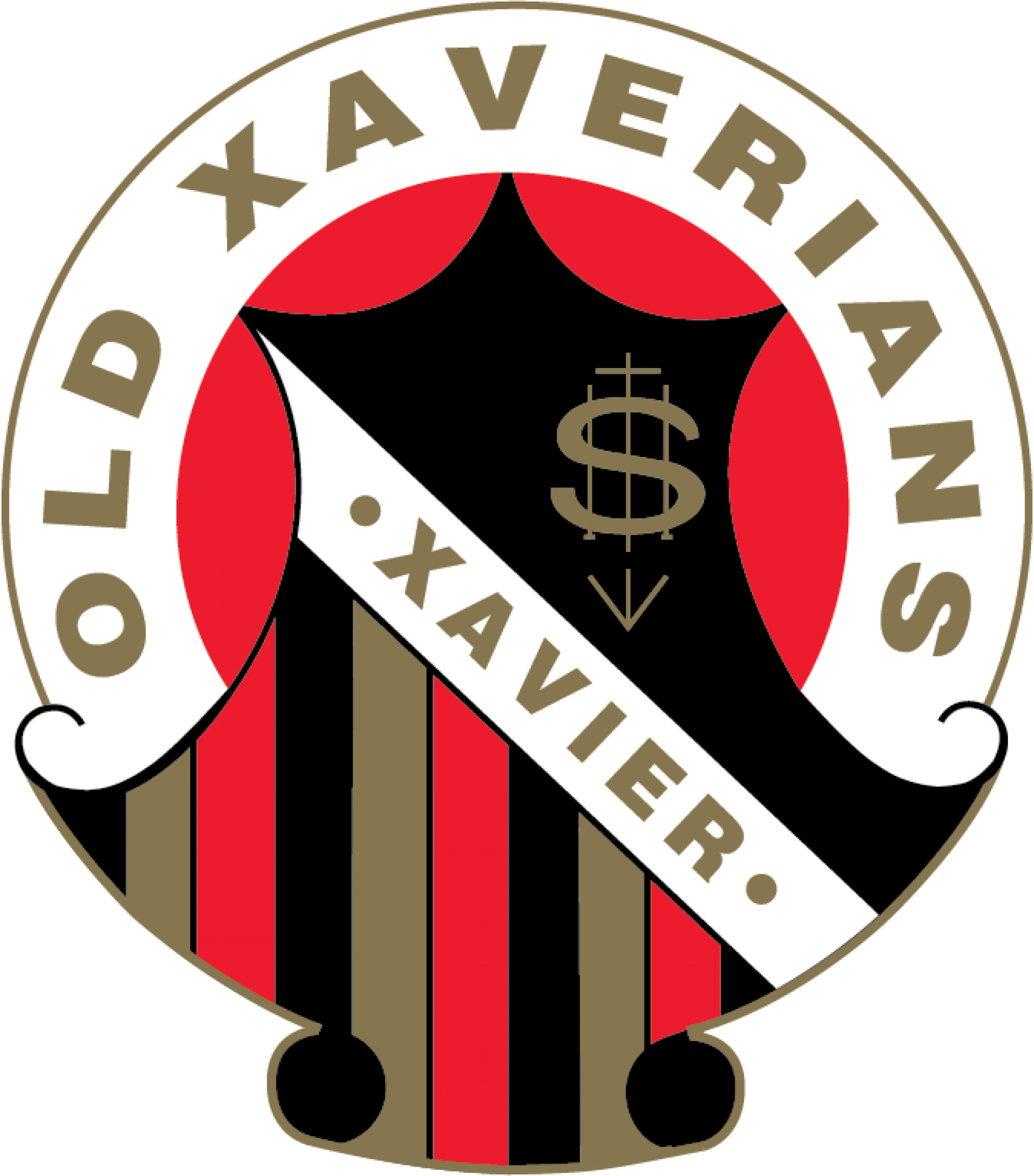|
Sir Peter John Morris AC, FRS OX 1951
Friday, 17 February 2023
|
|
Sir Peter John Morris AC, FRS 17/4/1934-29/10/2022 Peter and I met 75 years ago at Xavier College in Year 8, in 1947. He quickly demonstrated his intellectual ability, being in the top five in a class of over 40 students, from the start. He was also a good sportsman taking after his father, who played Australian Rules football at the highest level (for Richmond) and played state cricket for Victoria, but unfortunately died at a young age, leaving his wife (Mary) who was a pharmacist, to raise Peter and his younger brother, Stanley. At that time Peter most likely had a growth issue (possibly pituitary related) such that he appeared overweight and was given the nickname “Fatty Morris”. Whilst he had all the style as a footballer his weight limited him. Not so in cricket however and in his last year at school was a reliable opening bat. He also represented the school in athletics in the shot put. In 1949 tragedy, in the form of a motor accident, befell the family with Stanley dying and leaving his mother with severe skeletal injuries, requiring prolonged hospitalisation. Xavier College reacted quickly and provided Peter with accommodation as a boarder and a senior student mentor (John Doyle) for some months. Peter coped well with this misfortune and neither his academic nor sporting activities suffered significantly. We both commenced medicine together at Melbourne University in 1952. Almost from day one Peter wanted to be a surgeon. He maintained his sporting interest, playing cricket and baseball for the University. We also had some fun in our 4th and 5th years, which were the first two years of the Melbourne Moomba Parade. We both took part in mounting a float for the parade (down Swanston Street, Melbourne’s main thoroughfare), with Peter as a 5 surgeon operating and throwing blood-coloured water and sausages out to the crowd. Also on the float was a student sitting in a ‘country dunny’ to simulate the film ‘Doctor in the House’ which was showing in the city at that time. The city council banned medical student floats from then on. In later life five of those student larrikins were awarded Australian Honours for their medical work. We graduated in 1957, neither of us obtaining honours, although his wife-to-be, Jocelyn Gorman, gained the Exhibition in Obstetrics. All three of us did our internship (then called residency) at St Vincent’s Hospital Melbourne. In his third year after graduation Peter had the good fortune to be appointed registrar to Professor Claude Welch, from the Massachusetts General Hospital in Boston, who was visiting surgeon at St Vincent’s for a month, in celebration of the opening of a new hospital wing, the Aikenhead building. Peter obviously impressed Prof. Welch in that month. His other good fortune in that year was to marry Jocelyn and I was proud to be his best man. With the assistance of Claude Welch, Peter obtained a residency at the Hammersmith Postgraduate Medical School with Professor Ian Aird, whose great textbook we had used as students. Following that role, he was registrar to Mr. Tom Rowntree in Southampton, and in 1963 he obtained the English surgical Fellowship. (Peter, David Conroy and I, all in the same class at school, received our Fellowship in London on the same day.) Peter and Jocelyn, by then with a growing family, moved to Boston to work with Claude Welch at the ‘Mass General’. There he worked also with a surgeon JF Burke in Boston, then David Hume in Virginia, where Peter was involved with tissue typing --AND THE REST IS HISTORY. Back to Melbourne as First Assistant to Professor Maurice Ewing to expand the renal transplant unit, as well as developing vascular surgery, then to the Radcliffe Infirmary at Oxford as the Nuffield Professor of Surgery in 1974, where he developed a world-wide reputation as a transplant surgeon. He retained his interest in sport, which then included golf and many clinical conferences would end with a competition, usually in cricket. Whilst 6 Jocelyn was a gracious hostess for many of these events, she had returned to medicine as their five children grew up and she was an NHS consultant as a respiratory physician. Peter was elected President of the Royal College of Surgeons (UK) in 2001, the year in which he retired from the Nuffield Chair. He was a very active President, developing a Research Fellowship Scheme and regularly visited many of the NHS hospitals to determine surgical standards. He also assisted in establishing the nation’s Clinical Effectiveness Unit. As well as editing the Oxford Textbook of Surgery he authored Kidney Transplantation and was author or a co-author of many hundreds of papers. He was made a Fellow of the Royal Society in 1994, received a knighthood in 1996 and was made a Companion of the Order of Australia in 2004. Numerous other honours and awards included the Lister Prize for surgical science and visiting fellowships and lectureships were bestowed upon him. Two colleagues from the Nuffield Department of Surgical Sciences wrote “Peter is one of the greatest figures of Oxford medicine”. I believe it is not unreasonable to likewise say Peter is one of the greatest medical graduates from St Vincent’s. Contributed by Dr Brian Collopy AM who graduated with Peter Morris via St Vincent’s Clinical School and remained a lifelong friend. Dr Collopy served as a general and colorectal surgeon at St Vincent’s and is a past Director of the Department of Colon and Rectal Surgery. |
